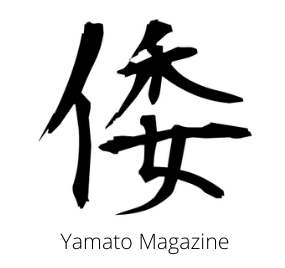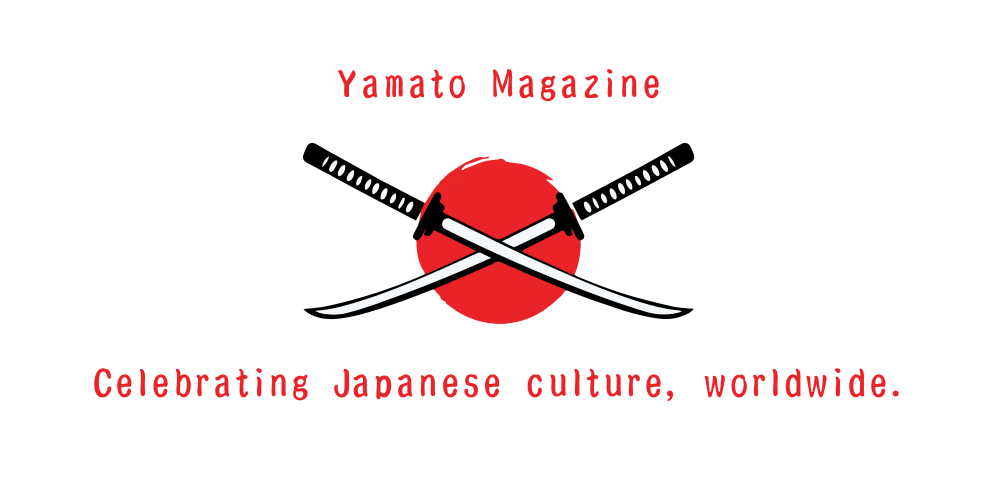
A traditional Japanese tea ceremony is one of the most important aspects of Japanese culture. A celebration of harmony and the transience of life, the tea ceremony can be a transformative experience, and like many traditions, the ceremony was a crucial part of the samurai lifestyle.
In addition to being fierce warriors, samurai were meant to be cultured and poetic. They placed great value on the Zen nature of the tea ceremony and believed it needed to be carried out in a certain way. The famous samurai Umawatari Bogyu was one of many warriors who adhered to strict tradition, and in his opinion, the tea ceremony could only be enjoyed under a set of specific rules.
Who is Umawatari Bogyu?
A renowned warrior and instructor, Bogyu was the lord of the Hitachi province and the grand Chamberlin of the shogun, Tokuga Hidetada. In 1615, the shogun commissioned Bogyu to write Buke Monogatari (Tales of the Military Class) to educate young samurai in everything they needed to know about warfare and courtly life.
In the modern day, Bogyu’s book became known as Samurai: The Japanese Warrior’s (Unofficial) Manual. And it’s in this book that Bogyu laid the foundation for the dos and don’ts of a Japanese tea ceremony.
Do use a qualified tea master
According to Bogyu, a tea ceremony must only be carried out by a qualified master of tea. Although he encourages young samurai to practice with their friends, he urges the hiring of a master to truly be worthy of respect among peers.

Do choose seasonal flowers
The most impressive tea ceremonies reflect the seasons in which they are performed. Bogyu believed a ceremony should only take place with flowers and fruits that are in season. For example, using hydrangeas in summer would be appropriate. But if they were used in winter it would be considered obscene and display a lack of harmony.
Do use beautiful pottery
As far as Bogyu was concerned, fine tea bowls and char-ire (tea caddies) were crucial for the ceremony. He advised young samurai to stock up on elegant ceramics and suggested that the city of Karatsu was an ideal place for finding a bargain on a tea bowl. He also suggested the purchase of char-ire in green celadon.
Do make sure to keep away monsters
Bogyu was a superstitious man who believed in yokai. He advised on staying vigilant of monsters like tengu and kappa when carrying out a Japanese tea ceremony. Yokai prevention techniques include making an offering or placing a notice on you garden gate that asks them to stay away.
Don’t smash the tea bowls
A tea ceremony is meant to be a peaceful moment and ruining it by getting angry is ill-advised. Bogyu taught that samurai needed to have self-control and thought that the smashing of priceless tea bowls was unacceptable.
The only exception happened with Matsunaga Hisahide, who was meant to have smashed his favourite tea kettle Hiragumo in defiance against his former lord Oda Nobunaga. Immediately after smashing the kettle and bowls, Hisahide committed seppuku.

Don’t overdo the decorations
Bogyu cautioned restraint against being overly grand with a tea ceremony. He criticised the bad habits of samurai who tried to outdo each other by putting on elaborate and expensive rituals. He even went so far as to disapprove of Toyotomi Hideyoshi’s tearoom that contained gold leaf on the interior.
The best place to have a tea ceremony is in a simple hut.
Don’t commit murder during the ceremony
Despite a tea ceremony representing harmony, there was a tendency for many samurai to use it as an excuse to assassinate their rivals. Naturally, Bogyu advised against this and thought it disrupted the composure of the ritual.
So, next time you plan on having a traditional Japanese tea ceremony, keep in mind the following points:
- Have a master of tea at the ceremony
- Keep the ceremony in season
- Drink from the most beautiful and exquisite ceramics you can find
- Monster proof the area at all costs
- Never break the tea bowls
- Keep the ceremony as simple as possible and avoid being flashy
- Bury the urge to kill your guests


That is so interesting, thanks a lot for sharing! I’ll try to bury the urge to kill my guests next time I throw a party 😁😁
LikeLiked by 2 people
That’s the most important rule of course!
LikeLiked by 1 person